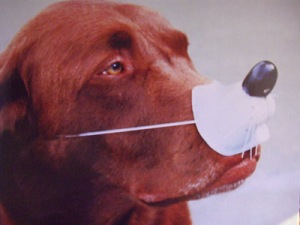(Read chapter 1 through 3 in the greyhound category)
Chapter 4
House arrest.
My father had trained hunting dogs when I grew up, so I thought I had a few tricks up my sleeve to deal with Poppy’s separation anxiety.
The adoption agency recommended to keep her in a kennel since that’s what she is used to. Since not leaving my house was not an option, I outfitted an oversized dog kennel with comfy cushions, water and food and coaxed her in several times a day for an hour or so, staying with her the entire time. No problem so far. It’s recommended to leave only for a few minutes at first, extending the time longer and longer over a couple of days. But as she was perfectly happy with me sitting by her kennel, she didn’t take kindly to me leaving and soon the battle of the wills began.
First it was just pacing and whimpering. Then the howling began. Ever heard a greyhound howl? It’s ear piercing and heart breaking and in the long run will bring the police to your front door since your neighbors within the next 2 blocks might think you are running a torture program in your basement.
I spend extended time sitting out on my doorstep explaining to concerned passersby that there is no reason to call the authorities, hoping for that ‘aha’ moment when Poppyseed would realize the pretty good deal she got hooking up with me. But instead she started biting the kennel wire until her mouth bled. That was when I noticed there was something wrong with her front teeth. She must have done this before and had worn her teeth to a stubble gnawing on her cage. A light bulb went off – she hated her kennel! She probably had always hated her kennel. I decided to let her roam the house. My fears that she would destroy everything in it didn’t materialize, but the howling continued as soon as I was out of sight.
The nice thing about greyhound adoption outfits is that they really know the breed and are willing to work with you, so all kinds of suggestions started pouring in.
To be continued.
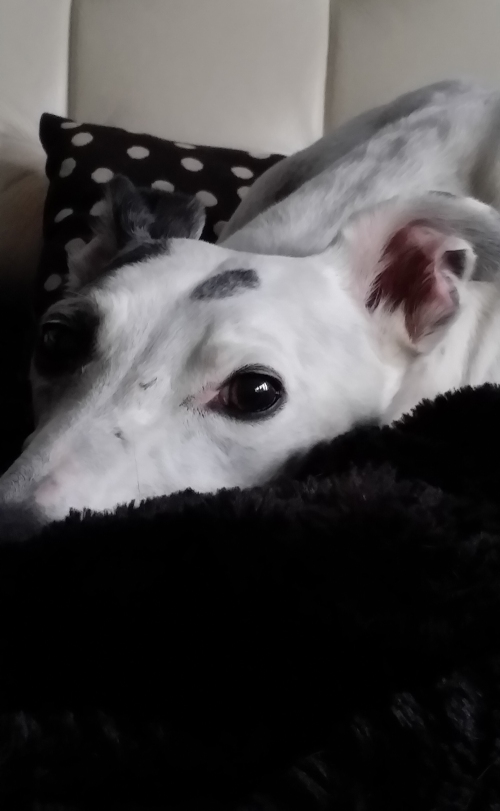


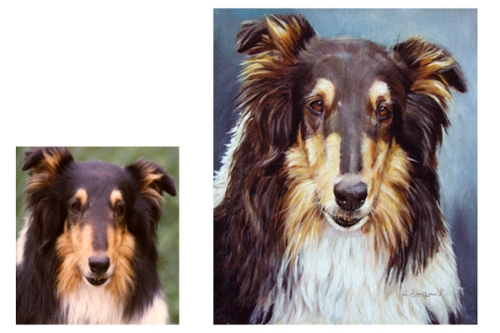

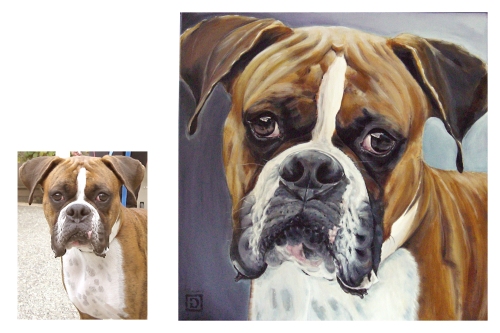

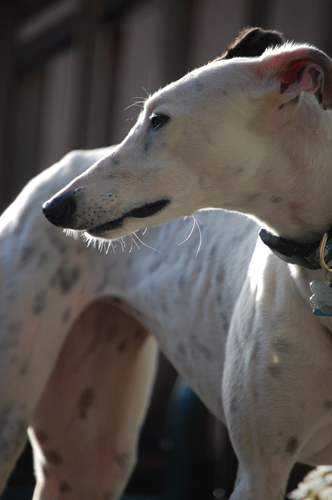



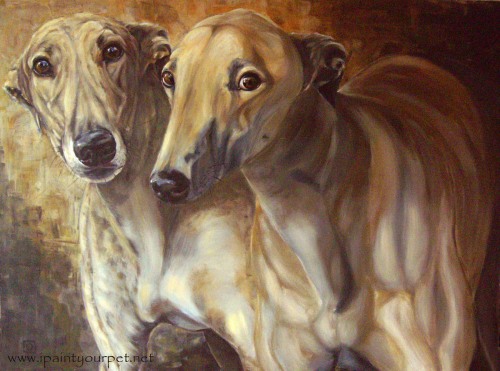


 Labmaraner (photo by Anna Kuperberg)
Labmaraner (photo by Anna Kuperberg)


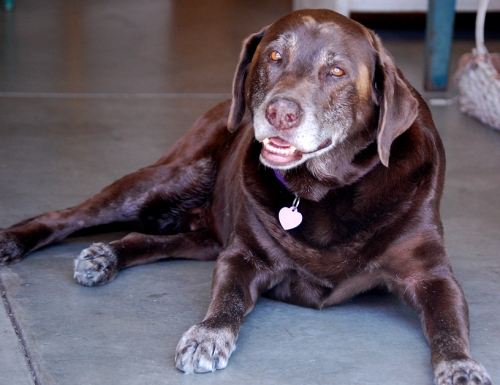
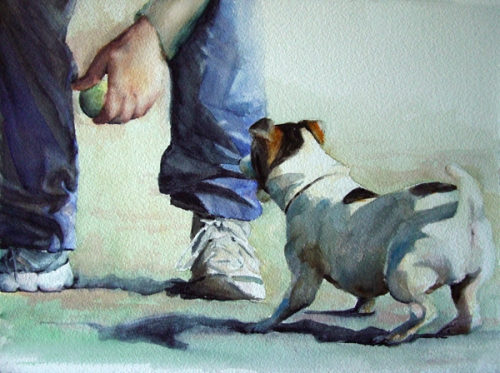
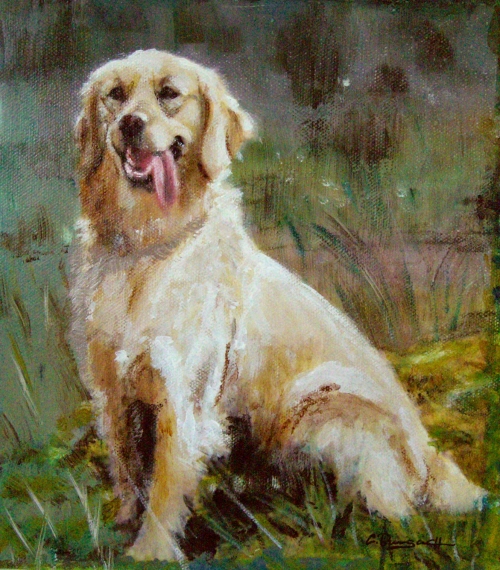
 ‘Last drop’ painting by Gabriele Bungardt
‘Last drop’ painting by Gabriele Bungardt


